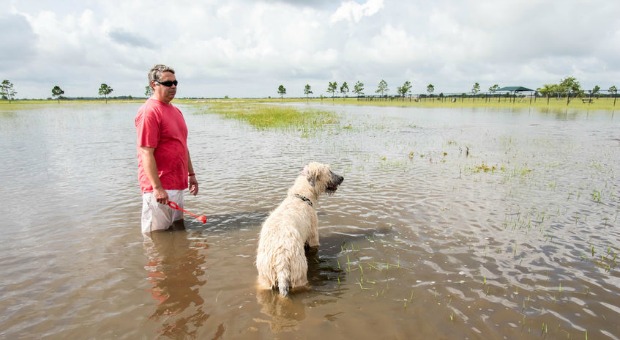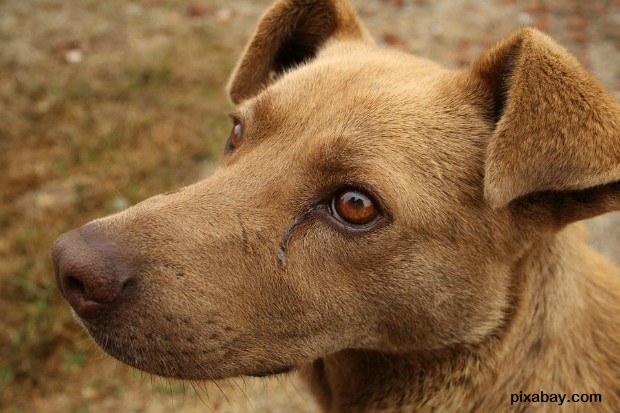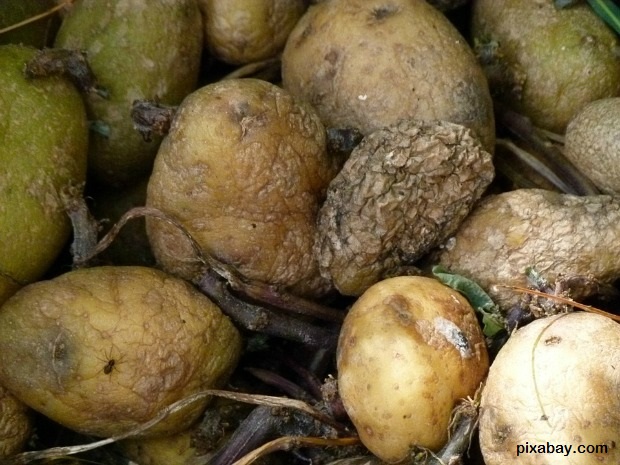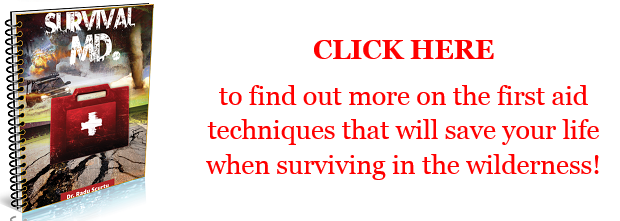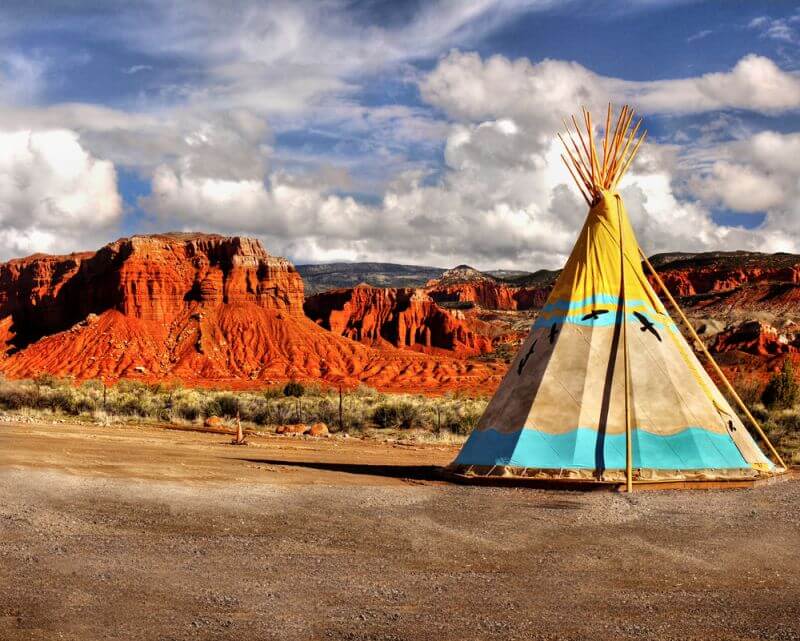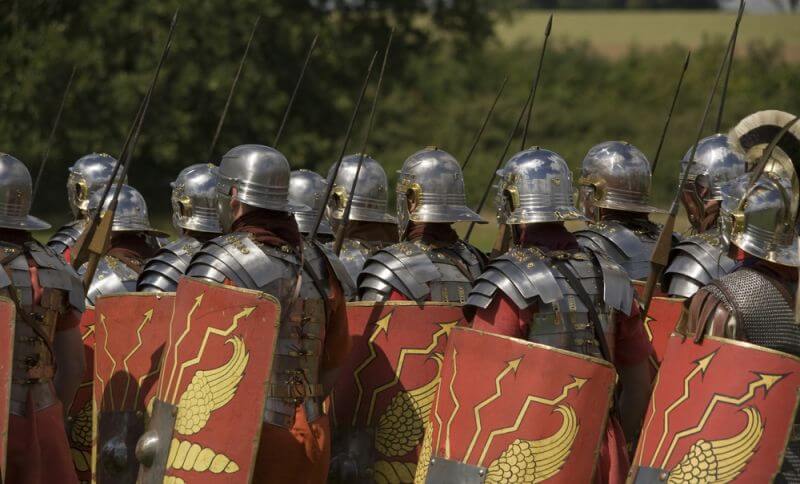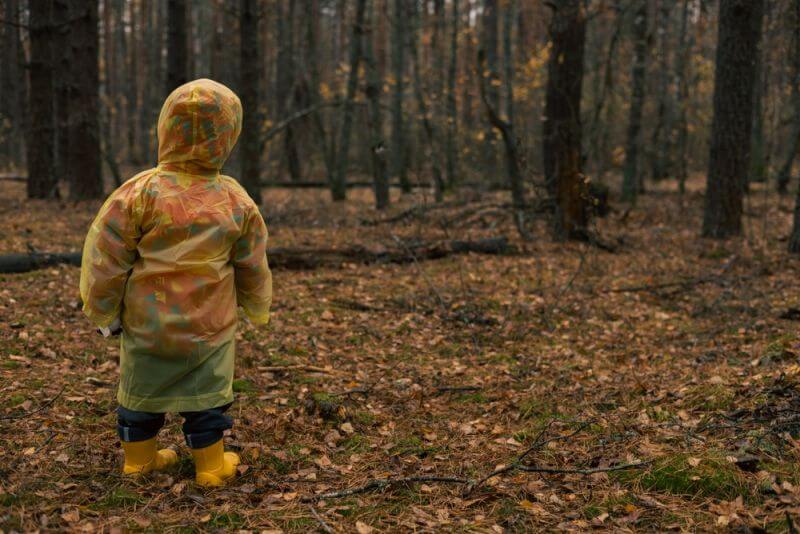We’ve all heard that you shouldn’t drive across flooded roads or stay when you’re told to evacuate, but what about after the water recedes?
You just go back in, clean up the debris, and start living again, right?
Well, no. Flood waters are full of disease-carrying bugs, and there are other dangers after floods you need to know about, too.
1. Bacteria
Flood water is nasty. It’s full of chemicals, garbage, animal waste, biohazardous waste (think about other people with bleeding wounds and open sores wading in it and often sewer and septic waste, too. It’s sort of like walking through a toilet that ten thousand people have used without flushing.
Then all that nasty stuff soaks into your belongings, your ground, and the surface of everything on your property that it’s touched. It’s imperative that you wear rubber boots, heavy rubber gloves, and follow other safety protocols when you’re walking through your property or touching anything that was in contact with flood waters.
Especially if it’s warm, pathogens breed like crazy, so just because the water is gone, don’t make the mistake of thinking that the yuck went with it.
2. Drinking Water
During flooding, city water is often contaminated due to broken pipes or leaks caused by collapses, breaches, or facility flooding. This means that basically, you’re drinking flood water. That’s how you catch such diseases as cholera.
The same holds true for well water. Flood water seeps into the ground and can contaminate your well. It’s important to test your water after flooding.
To ensure that your water is safe to drink, boil it at a rolling boil for at least 1 minute. If you’re above 6000 feet in elevation, increase that time to 3 minutes. I always at least double that just to be sure. You can also use purification tablets, bleach, or iodine to kill pathogens in your water.
3. Standing Water
Standing water is a breeding ground for bacteria and disease-spreading insects such as mosquitoes. After flooding, standing water is an issue in low spots and in places such as planters and buckets. There may also be standing water left in basements or other parts of your house.
Empty all containers that you can and use a sump pump or wet vac to get as much water out of your house and buildings as possible. Even sweeping out the water is often effective, though labor-intensive.
Open windows, assuming it’s not raining, and put in the corners to help floors and walls dry faster.
4. Unsafe Bridges and Structures
Flooding often causes structural damage to bridges, roads and buildings that may not be obvious to the naked eye. Don’t cross closed bridges and inspect your house and buildings closely before entering. Better yet, have your property inspected by a professional.
Remember, too, that even weight-bearing walls can be damaged during flooding, so if the dry wall is damaged, assume that the inner framework may be, too.
5. Mold and Mildew
This is a HUGE issue after flooding because mold and mildew hide in places that you can’t see. As a matter of fact, they thrive in dark areas. Both are ugly to look at, but more importantly, they can cause serious health issues including respiratory problems that can lead to death.
Black mold in particular can be deadly. In tropical areas where it’s humid most of the year, black mold is a critical issue that can actually cause a house to be condemned because the health risk is so serious. Since flooding occurs most often in the summer, all types of mold and mildew should be a consideration when moving back into a space.
Drywall or paneling that has gotten wet should be closely inspected for mold and mildew. Bleach in a 1:5 ratio to water will kill mold and mildew but you need to make sure that you kill it all. Again, a home inspection is in order just to be sure and you really should just replace drywall and paneling that’s gotten wet.
Here is an infographic from Heiton Buckley to help you make mold removal easier.
6. Electrical Lines
One of the biggest safety issues following any disaster is downed power lines. Since many powerlines are now run underground, things can get particularly tricky. NEVER, under any circumstances, approach or try to handle power lines. It may seem like a common sense thing, yet people continue to die because they don’t heed that advice.
To be fair, many times downed power lines aren’t immediately obvious. Think about a tree that was swept over in the woods behind your house. You fire up the chainsaw to clean it up and don’t realize that there’s a powerline tangled up in it until it’s too late. Be extremely aware of what you’re doing and what’s around you.
If you’ve used alternate methods to power your home during a flood, don’t abandon it until you know for sure that the power is on and will stay on.
7. Stray Animals
After a flood, there are going to be stray animals that range from cats to even cows. Be careful when you see them and don’t approach them if at all possible. Remember that though they’re adorable, they’ve been out in the flood waters and could be carrying any number of diseases. It’s best to call animal control.
8. Garden Dangers
As homesteaders and preppers, this is a huge consideration because we’ve invested so much time, effort, and money into our gardens. So what’s safe to eat and what do you need to throw away?
This is a concern especially for people susceptible to illness because of weak or compromised immune systems such as small children, the elderly, and the sick. Because flood waters carry so many health risks, it’s better to err on the side of caution no matter how healthy you are.
There isn’t just one easy answer to whether or not you can eat produce from a flooded garden. It depends upon how it was flooded – was it just standing under water that built up in your yard during a heavy rain or did water rush in from other places and cover it?
How far along was your garden when it was flooded? Had the seeds just been planted? Were the plants young? Did they already bear fruit? Are they above-ground, or root veggies?
First, if your plants were just waterlogged by clean, standing water in your yard, you likely don’t have to worry about much more than washing the veggies before you eat them.
If your garden was recently planted and the ground was flooded by overflown rivers or flood waters that cover large areas, you may still be OK. If the plants won’t be ready for at least 120 days, they will be considered safe to eat in most circumstances.
Early season plants that were already bearing fruit and will be eaten within a few weeks of the flood will be OK to eat as long as the fruits remained above water and the veggies are peeled and/or cooked.
Any produce that is damaged or has cracks that could let in contamination should be discarded.
A good guideline to use to determine whether your crops are safe to eat is the National Organic Program guidelines for harvesting food from soil that was fertilized with non-composted manure. If you’re using liquid manure, you may already be familiar with these rules.
This is because research suggests that food that’s been fertilized with non-composted manure may present more health hazards than food contaminated by flood waters.
Basically, the guide says that there should be a 90 day period between planting and harvesting produce grown in soil fertilized with manure that wasn’t composted. If the edible part of the plant came into contact with the non-composted manure, there should be 120 days between contact and harvest.
If the produce is ready to harvest when it’s flooded, I personally would count it as a loss and health officials agree with that sentiment. However, if the flooding happens part of the way through the growing season and you’re going to starve without the food, you have the option of cooking it.
Though cooking will kill most microbial sources of illness, it won’t do anything about chemical contamination. Again, in a life or death situation, produce that can be peeled should be.
Floods present many health and safety issues that must be dealt with immediately. Safety issues such as mold, pathogens, and structurally compromised buildings can’t just be ignored; you have to deal with them immediately.
Because every flood is different, consult with your local health department and department of agriculture for more accurate guidelines. Remember that if you evacuated, you shouldn’t go back until your area is declared safe, because there’s much more to consider than whether or not the water has receded. Water has to be checked, electric lines must be secured, and a thousand other details looked after. Be smart and be safe.
One of the best ways to get a head start on your flood cleanup is to prepare properly for a flood in advance. You can’t prevent everything, but you can protect yourself and your property as much as possible. You need to be prepared to face this emergency as no one – including doctors – might be there to help you out.
If you’ve experienced a flood or have anything else that you’d like to add, please do so in the comments section below.
This article has been written by Theresa Crouse for Survivopedia.


